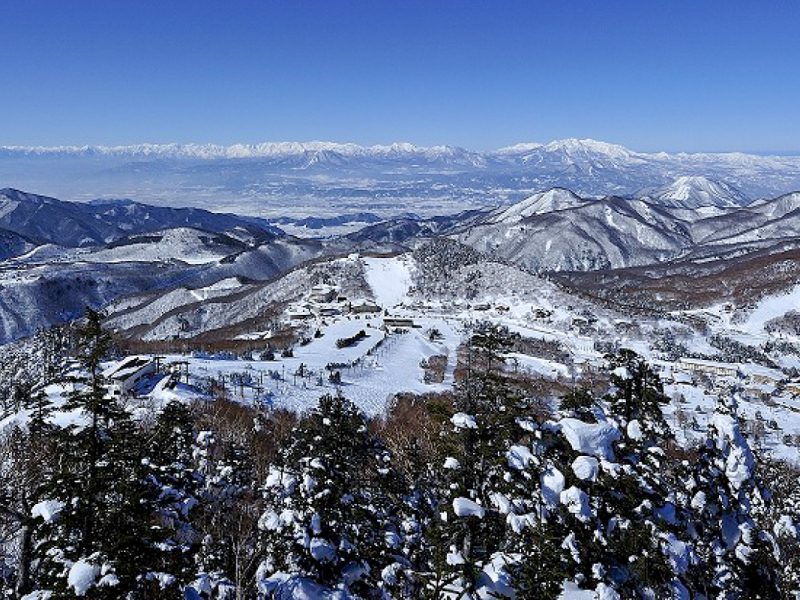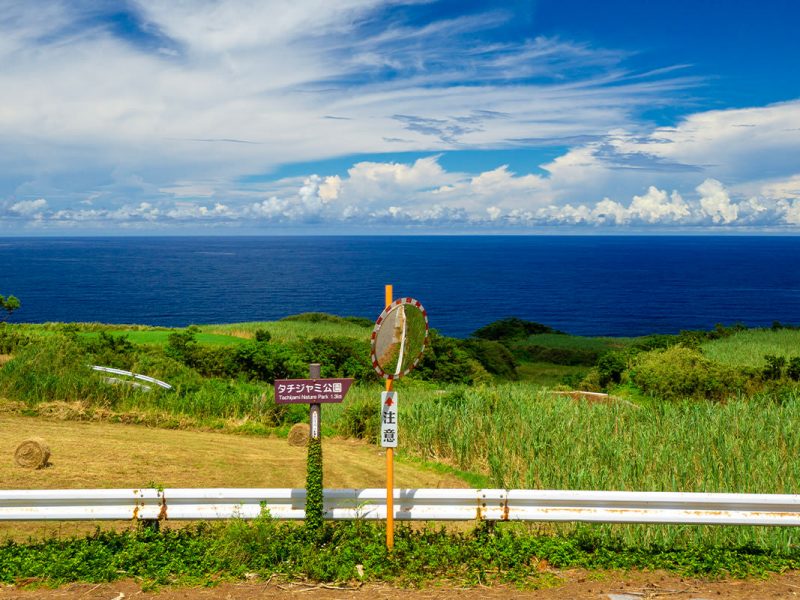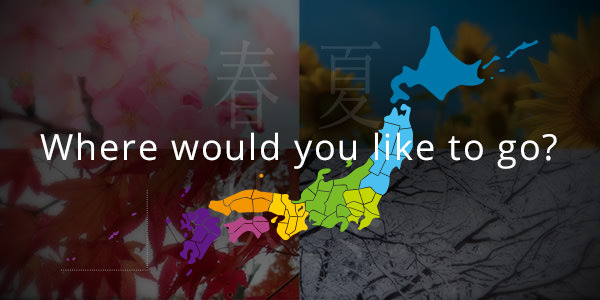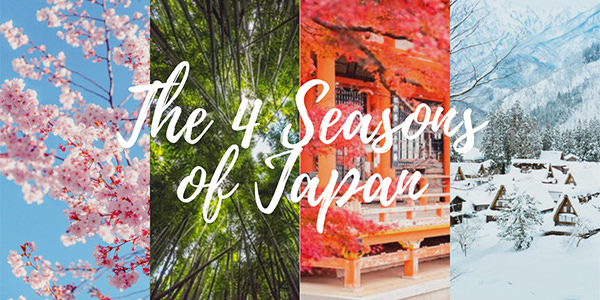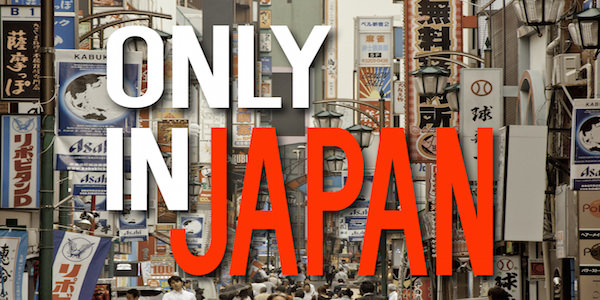When you visit Japan, you’ll definitely want to try Japanese food and sake along with the culture. This journey embarks from western Japan, with Osaka, Kyoto, and Nagoya as key cities, and guiding travellers through renowned sake-producing regions.
These aren’t your average trains. With their distinct exteriors and specially designed interiors, these sightseeing express trains elevate the rail journey to an experience in itself. You’ll comfortably explore Japan’s delicious flavours as you traverse the regions.
Along the way, discover destinations brimming with history and natural beauty, including Osaka, Fushimi district in Kyoto, Nara, and Ise Shima area in Mie. These regions are home to numerous sake breweries, each crafting distinctive varieties that truly reflect the unique character of their region.
Table of Contents
- Luxurious Travel by “Sightseeing Limited Express”
- Recommended Destination 1: Fushimi – Savouring Sake in the Water City
- Recommended Destination 2: Nara – Discover Sake and History in the Birthplace of Seishu
- Recommended Destination 3: Ise-Shima – Enjoying Local Sake in the Land of Myths
- A Rail Journey to Deepen Your Love for Sake
Luxurious Travel by “Sightseeing Limited Express”
Kintetsu’s sightseeing limited express trains offer a truly special travel experience. These include the “Aoniyoshi,” connecting the three cities of Osaka, Kyoto, and Nara; the “Blue Symphony,” linking Osaka with Yoshino in Nara; and the “Shimakaze,” which connects Osaka, Kyoto, and Nagoya with Ise-Shima in Mie Prefecture.
For international visitors, the convenient “KINTETSU RAIL PASS” digital travel pass offers unlimited rides on these sightseeing limited express trains. It also includes bus travel in designated areas of Nara and Mie, along with valuable coupons usable at various tourist attractions.
Click here for more details on the “KINTETSU RAIL PASS”
Limited Express “Aoniyoshi”
This sightseeing limited express connects the three cities of Osaka, Kyoto, and Nara, brimming with Japanese history, culture, and culinary delights. Its elegant design evokes the Japanese culture of approximately 1,300 years ago, when Nara served as the capital. The scenery from the train windows, as it traverses the imperial sites of the ancient capitals of Kyoto and Nara, is beautiful. With active sake brewing regions, particularly around Fushimi, you’ll feel a deep sense of history even during your journey to the shrines, temples, and cityscapes. The departure and arrival stations are Osaka-Namba Station, Kyoto Station, and Kintetsu-Nara Station.
Click here for more details on the Limited Express “Aoniyoshi”
Limited Express “Blue Symphony”
This sightseeing limited express connects South Osaka and Yoshino in Nara. Its classical interior and exterior design create a sophisticated adult travel experience. In the lounge car, you can enjoy a selection of sake, including varieties brewed in Yoshino and other local breweries in Nara. Beyond the famous cherry blossoms and autumn leaves of Yoshinoyama, the train glides leisurely through the rich natural landscapes along the line, where the profound history unique to Nara breathes, such as the healing Dorogawa Onsen and Asuka, which is aiming for World Heritage status. The departure and arrival stations are Osaka-Abenobashi Station and Yoshino Station.
Click here for more details on the Limited Express “Blue Symphony”
Limited Express “Shimakaze”
This sightseeing limited express connects the three major cities of Osaka, Kyoto, and Nagoya with Ise-Shima in Mie Prefecture in approximately 2 hours and 30 minutes. It features a refreshing interior with genuine leather seats and has a panoramic-view cafe car. Ise-Shima is a region rich in ancient history, including the natural beauty of Ago Bay, boasting some of Japan’s most stunning coastal scenery, as well as Ise Grand Shrine and its pilgrimage routes, and the unique Ama diver culture. Here, you can savor sake made from high-quality sake rice. The departure and arrival stations are Osaka-Namba Station, Kyoto Station, Kintetsu-Nagoya Station, and Kashikojima Station in Mie Prefecture.
Click here for more details on the Limited Express “Shimakaze”
Recommended Destination 1: Fushimi – Savouring Sake in the Water City
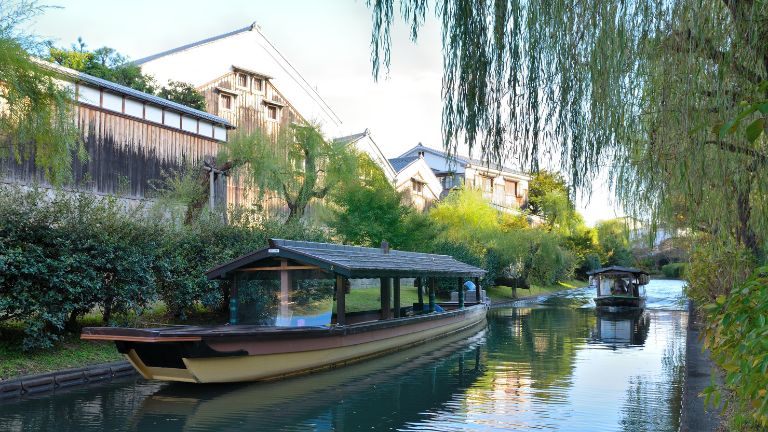
Kyoto’s Fushimi is renowned as one of Japan’s foremost sake-producing regions. Blessed with high-quality underground water, this area has flourished as a sake brewing town for over 400 years. Even today, with numerous breweries nestled within its old townscapes, Fushimi continues to uphold ancient traditions while embracing new challenges.
After disembarking the sightseeing limited express “Aoniyoshi” at Kintetsu-Tambabashi Station and walking a short distance, or getting off at Momoyamagoryo-Mae Station (the stop after Tambabashi), you’ll discover a picturesque townscape where white-walled breweries line the canals. You can enjoy sake brewery tours and savor the historical and traditional flavours of Fushimi’s sake.
Recommended Sake Brewery & Sake Experience
Gekkeikan Okura Sake Museum
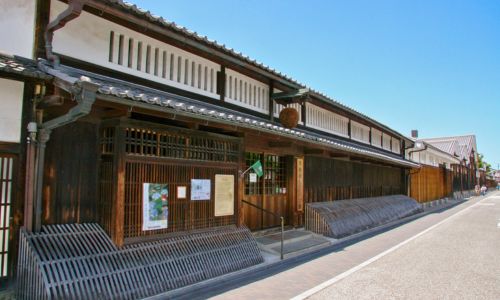
This museum is a renovation of an old brewery belonging to Gekkeikan, a sake producer founded in 1637. It’s a space where you can experience the history and sake culture of Fushimi, Kyoto, and feel the spirit of challenge and innovation that has driven Gekkeikan’s development of sake brewing in this region. After your tour, you can enjoy a tasting at the sake sampling corner.
Kizakura Kappa Country
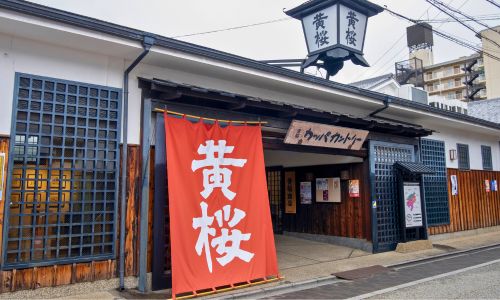
This is a multi-purpose complex operated by Kizakura, a sake brewery founded in 1925. It boasts a variety of facilities, including a beer restaurant and a museum where you can learn about the history of sake brewing. The shop offers a wide selection of sake, unique to a directly operated shop. You can also savor freshly brewed Kyoto-style craft beer, made using refined sake brewing techniques and Fushimizu, the famous water used in sake production.
Fushimi Sakagura Koji (Fushimi Sake Village)
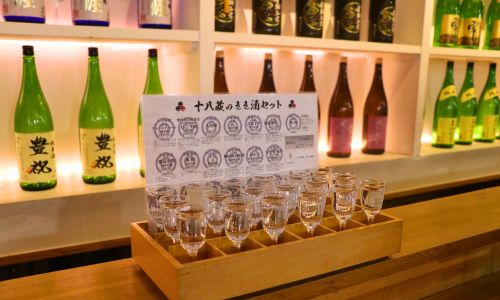
This new Kyoto-Fushimi hotspot is a collection of a sake brewery counter and eight specialty “umai-mon” (delicious food) shops offering delivery. True to its name, it has the atmosphere of a narrow alleyway lined with stalls, where you’ll find ramen, charcoal-grilled dishes, and sushi. You can enjoy over 120 types of sake from 18 different breweries, constantly available for tasting flights and food pairings.
Saito Shuzo
Saito Shuzo is a sake brewery that has received high acclaim in both domestic and international competitions, including winning gold medals at the National New Sake Awards for 14 consecutive years. They have a coin-operated sake server always available for tastings. By purchasing coins from a gachapon machine, you can taste any 3 out of 6 available sake varieties. The gachapon machine also offers a chance to win merchandise or an extra coin, allowing for a playful sake tasting experience.
Kitagawa Honke
Kitagawa Honke is a venerable sake brewery with over 360 years of history, dating back to the early Edo period. At their directly managed shop, “Okinaya,” you can enjoy buying genshu (undiluted sake) by the liter, directly bottled from tanks right in front of you. They also sell rice that you can mill from brown rice, making it a perfect souvenir for those who don’t drink alcohol or for children.
If you’re heading to Fushimi in Kyoto, enjoy a comfortable and special experience aboard the sightseeing limited express “Aoniyoshi.”
Recommended Sightseeing Spot
Fushimi Sake Brewery Townscape
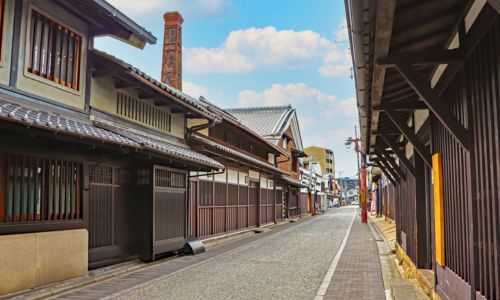
Flourishing as a castle town around Fushimi Castle, this area still retains the charming atmosphere of a temple town, port town, and sake brewing district. Today, approximately 20 sake breweries continue to operate here, producing a diverse range of refined sake.
Fushimi Jikkokubune Boat Tour
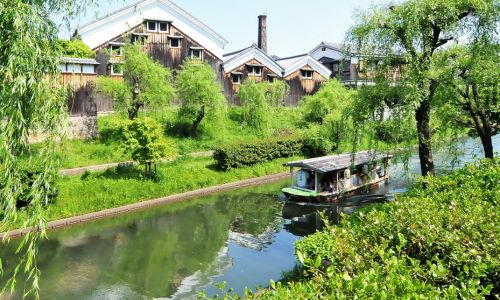
Fushimi flourished as an inland port during the Edo period, founded on the water transport system that connected Kyoto with various parts of Japan. The “Jikkokubune” (Ten-Stone Boat), a restored transport vessel active in those times, carries on this history. The sightseeing boat makes a return trip along the canal lined with sake breweries in about 50 minutes, and along the way, you can enjoy exhibits explaining the canal’s mechanisms and more.
Gokogu Shrine
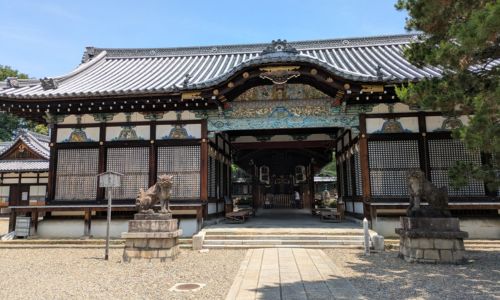
This shrine was named for the fragrant, medicinal water that once sprang from its grounds. This water is known as one of “Fushimi’s Seven Famous Waters.” Even today, people visit to use this sacred water for healing illnesses or for purification in calligraphy and tea ceremony, taking it home with them. The historic shrine architecture is also a highlight. It’s a tranquil spot where you can feel the culture and faith of Fushimi.
Fushimi Inari-taisha Shrine
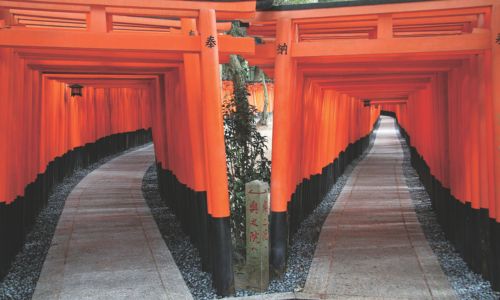
Fushimi Inari-taisha is the head shrine of approximately 30,000 Inari shrines across Japan, globally renowned for its “Senbon Torii” (Thousands of Torii Gates), an endless tunnel of vermilion gates. Many worshippers visit to pray for business prosperity and family safety. In the early morning, you can enjoy a mystical pilgrimage in a serene atmosphere.
Fushimi-Momoyama Castle
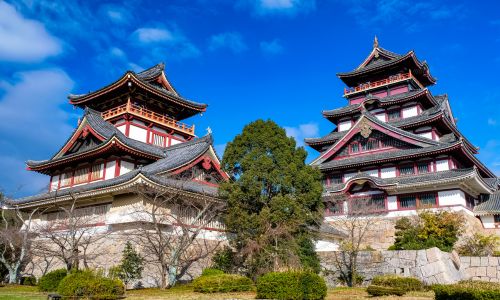
This is the former site of the castle built by Toyotomi Hideyoshi, who once unified Japan. Today, it’s maintained as a park, with a beautiful reconstructed tenshu (castle keep) soaring within its spacious grounds, rebuilt in 1964. It’s a beloved spot for locals, perfect for strolls or picnics. This is a relaxing place where you can feel history.
If you’re heading to Fushimi in Kyoto, enjoy a comfortable and special experience aboard the sightseeing limited express “Aoniyoshi.”
Recommended Destination 2: Nara – Discover Sake and History in the Birthplace of Seishu (Refined Sake)
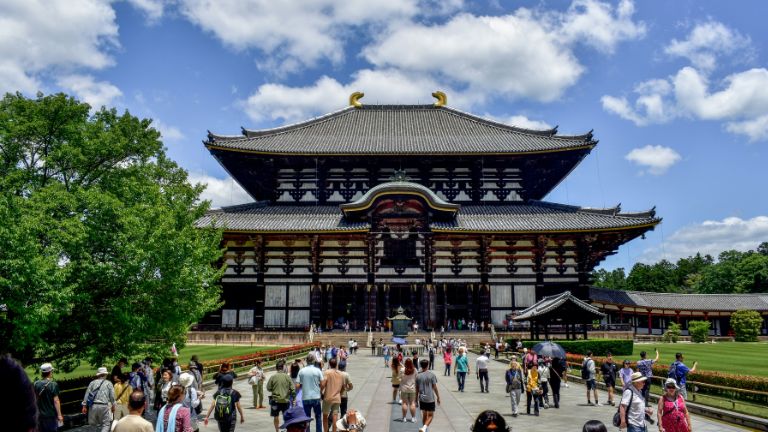
Nara is considered the “birthplace of seishu (refined sake),” with a history of sake brewing dating back to ancient times, as noted in a passage from the Nihon Shoki (The Chronicles of Japan). Nestled among mountains, Nara is still home to numerous shrines dedicated to the god of sake and venerable sake breweries, offering a chance to connect with the roots of both Japanese sake and Japanese culture.
Upon disembarking the sightseeing limited express “Aoniyoshi” at Kintetsu-Nara Station, you’ll step into a charming townscape that developed from the Edo to Meiji periods within the precincts of Gangoji Temple, a UNESCO World Heritage site.
Recommended Sake Brewery
Umenoyado Shuzo
Began producing sake in 1893, Umenoyado Shuzo is a long-standing local sake brewery. Here, you can enjoy guided brewery tours and workshops using Japanese plums, alongside engaging exhibits that stimulate all five senses. Their directly managed shop offers a wide selection of Japanese sake and liqueurs, as well as Nara’s local specialities and snacks perfect for pairing with drinks.
Gojo Shuzo
Founded in 1924, Gojo Shuzo is a popular brewery known for its wide array of sake brands, affectionately known locally as “Goshin” (5 gods).They meticulously brew their sake using traditional handcrafting methods, drawing water from the subterranean flow of Mount Kongo and from their own well.
Imanishi Seibei Shoten
Established in 1884, Imanishi Seibei Shoten is a sake brewery located in Nara-machi, an old townscape close to World Heritage sites like Kasuga Taisha Shrine and Todai-ji Temple. Their sake brand, “Harushika,” is named after Kasuga Taisha Shrine and the deer, messengers of the god. This brewery, which upholds traditional brewing methods, is beloved not only in Japan but also in over a dozen countries worldwide.
Nishiuchi Shuzo
Established in 1878, Nishiuchi Shuzo is a brewery located at the foot of Tanzan Shrine, where it produces omiki (the sacred sake) for the shrine. The brewery was an early pioneer in crafting Kijoshu, a sweet Japanese sake known for its approachable Flavour, making it easy for even those new to sake to enjoy. At IWC 2025, their Kijoshu received a gold medal in the aged sake category, and their Ruijoshu was awarded a gold medal in the koshu (aged sake) category.
If you’re heading to Nara, enjoy a comfortable and special experience aboard the sightseeing limited express trains “Blue Symphony” or “Aoniyoshi.”
Recommended Sightseeing Spot
Nara Park
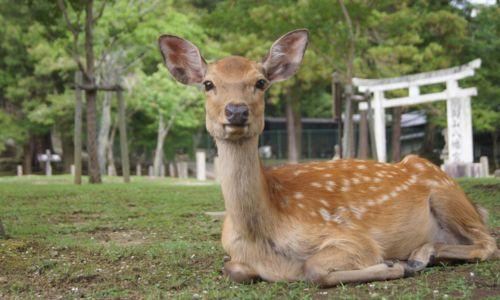
Nara Park is a unique historical park spanning a vast 511 hectares, harmonizing grand natural beauty with rich greenery. It’s home to numerous adjacent World Heritage sites such as Kasuga Taisha Shrine, Kofuku-ji Temple, and Todai-ji Temple, as well as historical and cultural treasures like the Nara National Museum and the Shosoin Repository. The entire Nara Park area is the iconic face of the ancient capital, Nara, often represented by its “Great Buddha, greenery, and deer.”
Imaicho Area
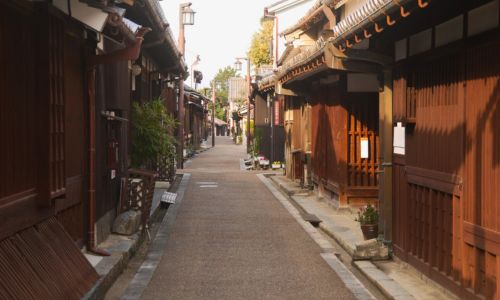
Imaicho is a place where Edo period townhouses have been carefully preserved. Out of approximately 760 total buildings, about 500 are traditional structures, boasting the largest number within a single district in Japan. Numerous cultural properties are scattered throughout the town, and visitors can enjoy exploring nationally designated Important Cultural Properties, traditional folk house cafes, and restaurants.
Asuka
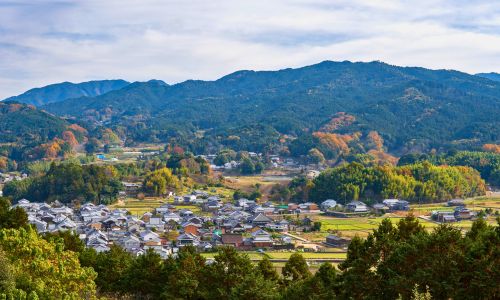
In this land where an ancient capital was once established, numerous ruins and stone structures remain, allowing you to connect with the very origins of Japanese history and culture. The entire village is designated for landscape preservation, ensuring that its serene rural and satoyama (Traditional Japanese rural landscape) scenery is beautifully maintained. Asuka’s charm lies in its quiet atmosphere, not overly commercialised, where you can leisurely enjoy both history and nature.
Yoshinoyama
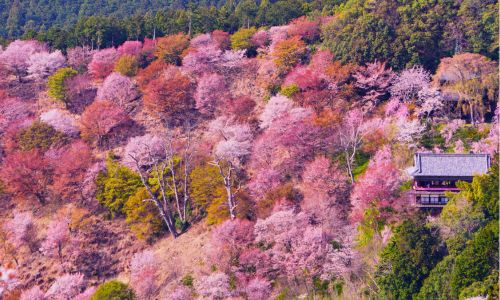
Known as one of Japan’s most famous cherry blossom viewing spots, Yoshinoyama is adorned with approximately 30,000 cherry trees in spring. You can enjoy its beauty throughout the seasons: fresh greenery in summer, vibrant autumn leaves, and a serene snowy landscape in winter. This sacred mountain has long been revered by people and is part of the UNESCO World Heritage site “Sacred Sites and Pilgrimage Routes in the Kii Mountain Range.” It’s a special place where you can experience both nature and history.
Kinpusenji Temple
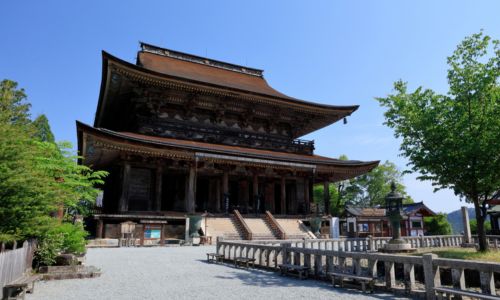
Kinpusenji Temple, located on Yoshinoyama, is a temple known as a place of worship since ancient times. Its massive wooden structure, the Zao-do Hall, is designated as a National Treasure, and its imposing presence is truly overwhelming. This is a place where you can quietly connect with Japan’s spiritual culture that has evolved alongside its mountains.
If you’re heading to Nara, enjoy a comfortable and special experience aboard the sightseeing limited express trains “Blue Symphony” or “Aoniyoshi.”
Recommended Destination 3: Ise-Shima – Enjoying Local Sake in the Land of Myths
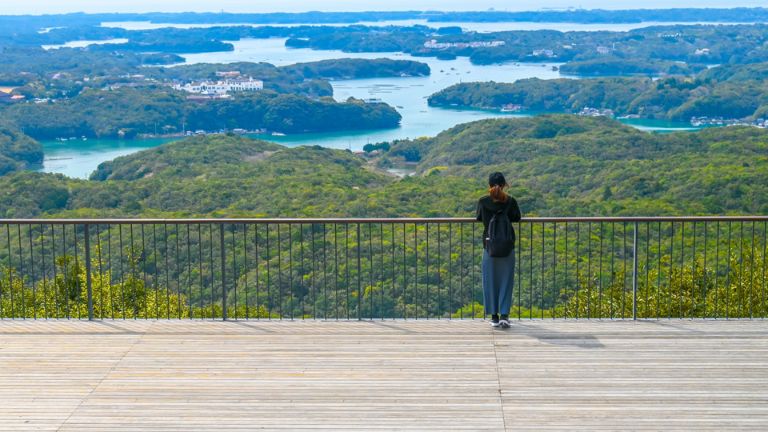
Ise-Shima spans the Shima Peninsula in the central part of Mie Prefecture. It’s divided into an inland area, centred around Ise Grand Shrine and its lush forest environment, and a coastal area, characterized by its rias coastline with countless scattered inlets and capes. This region boasts beautiful scenery and highlights the deep connection between people and nature. As the sightseeing limited express “Shimakaze” travels from Ise-shi Station to Kashikojima Station, it moves from the inland area into the Shima Peninsula, revealing a food culture rich in fresh seafood, along with numerous small but distinctive sake breweries.
Recommended Sake Brewery & Sake Experience
Iseman
Iseman is a sake brewery nestled amidst the rich natural environment of Ise. They continue to handcraft sake using the pure underground water of the Isuzu River, which flows through the sacred precincts of Ise Grand Shrine. They have a directly operated shop in Okage-Yokocho, a popular tourist area near Ise Grand Shrine, where you can also enjoy sake tastings.
Asahi Shuzo
この投稿をInstagramで見る
Established in 1875, Asahi Shuzo is a sake brewery that has upheld its traditions for 150 years in an area deeply connected to Ise Grand Shrine. They continue to handcraft sake using the pure underground water of the Kushida River. They have a directly operated shop in Okage-Yokocho, a popular tourist spot near Ise Grand Shrine, where you can also enjoy sake tastings.
Hakutaka Miyake Shoten
この投稿をInstagramで見る
Located on “Oharai-machi Street” right in front of the torii gate of Ise Grand Shrine’s Inner Shrine, Hakutaka Miyake Shoten is a sake shop that sells special limited edition sake from Hakutaka Brewery—the only brewery in Japan to supply goryoshu (sake for the deities) to Ise Grand Shrine. It’s a popular spot for worshippers to enjoy Hakutaka’s special limited sake and local Mie sake at a standing bar.
If you’re heading to Ise-Shima, enjoy a comfortable and special experience aboard the sightseeing limited express “Shimakaze.”
Recommended Sightseeing Spot
Ise Grand Shrine
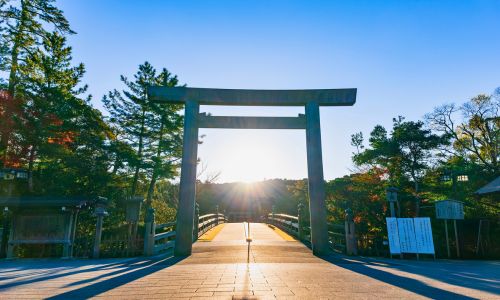
Ise Grand Shrine is one of the most revered shrines in Japan, dedicated to Amaterasu Omikami, the deity often compared to the sun, and is known as the “spiritual home of the Japanese people.” With a history spanning approximately 2,000 years, Ise Grand Shrine encompasses 125 large and small shrines scattered throughout Ise City and its outskirts. Among these, the “Naiku” (Inner Shrine) and “Geku” (Outer Shrine) are absolute must-sees, where many worshippers walk in a tranquil atmosphere, finding peace of mind.
Oharai-machi and Okage-Yokocho
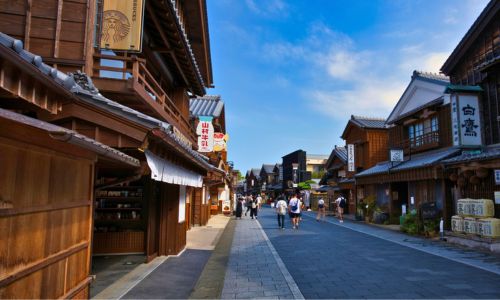
Oharai-machi is an 800-metre-long cobblestone street lined with traditional wooden souvenir shops and restaurants, allowing you to experience a charming, old-world atmosphere. In one corner of this street lies Okage-Yokocho, an area with an even more retro feel. Here, you can enjoy local Ise-Shima cuisine and browse shops selling traditional crafts from the Ise region, making it enjoyable for visitors of all ages.
Sarutahiko Shrine
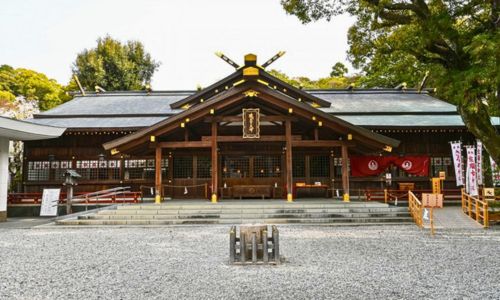
Located near Ise Grand Shrine’s Inner Shrine, Sarutahiko Shrine is known as the “Michihiraki no Kami-sama” (God of Guidance), leading all things in a positive direction. Worshippers from across Japan continuously visit, seeking its divine blessings. Within the shrine grounds is also Sarume Shrine, famous as the “Kami of Performing Arts,” attracting entertainers as well.
Geku Sando (Outer Shrine Approach)
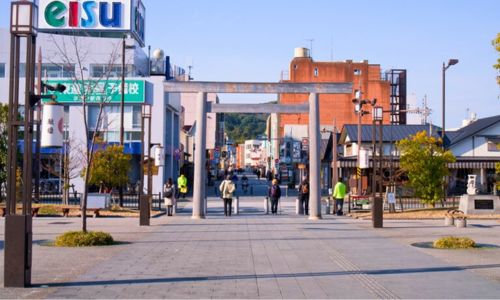
The path leading from Ise-shi Station to Ise Grand Shrine’s Geku (Outer Shrine) is known as Geku Sando. Historically, it has been customary to visit the Outer Shrine first, and this area flourished as a lodging town for pilgrims. Quaint shops line the street, and in the evenings, the glow of Ise Washi (traditional Japanese paper) lanterns illuminates the path. There are also shops offering luggage storage services.
Mt. Asama Summit Observatory (Ise-Shima Skyline)
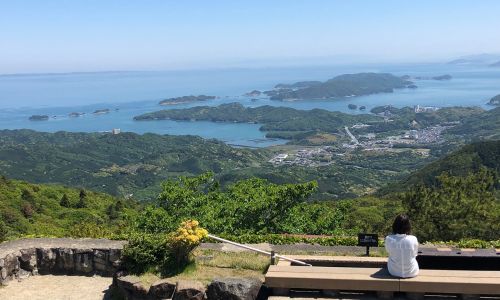
Located at the halfway point of the Ise-Shima Skyline, a popular driving course known as the “Sky Driveway” connecting Ise and Toba, you’ll find an observatory and shop at the summit of Mt. Asama. Here, you can soak in a footbath while enjoying a breathtaking panoramic view of the vast Ise Plain and the islands dotting Ise Bay.
If you’re heading to Ise-Shima, enjoy a comfortable and special experience aboard the sightseeing limited express “Shimakaze.”
A Rail Journey to Deepen Your Love for Sake
A train journey starting from Osaka and exploring the famous sake regions of Fushimi, Nara, and Ise-Shima offers a unique opportunity to experience local culture, nature, and the rich history behind Japanese sake. The flavours you encounter and the interactions you have in each region will undoubtedly deepen your appreciation for sake.
Kintetsu Railway’s sightseeing limited express services, which facilitate this journey, provide comfortable seating, beautiful scenery outside your window, and convenient access from stations. They offer more than just transportation; they embody the allure of Japanese rail travel itself. Furthermore, by utilising the “KINTETSU RAIL PASS,” which allows you to explore the railway lines freely, you can enjoy an even more efficient and diverse range of experiences.
Ride a sightseeing limited express and transform your travel into a special journey. Book your sightseeing limited express tickets here.



